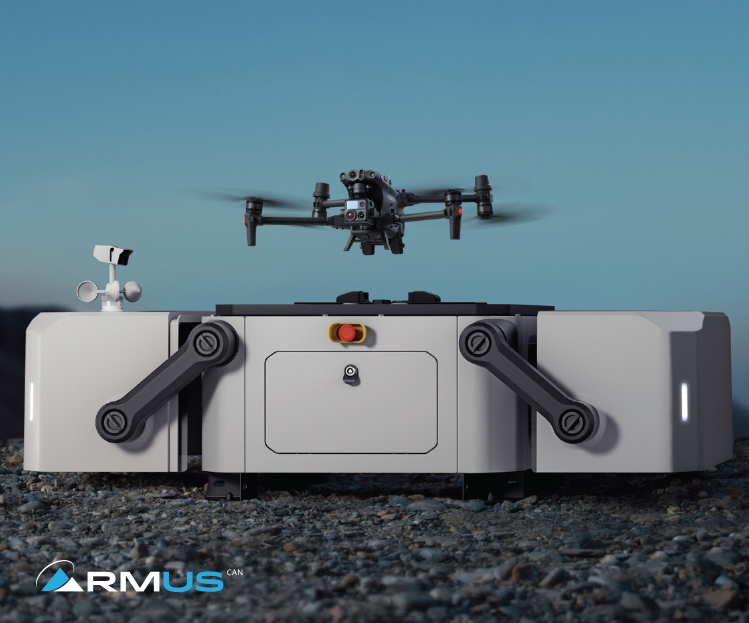
The world is changing rapidly and so are our modes of transportation. With the development of new technology, urban air mobility is becoming a popular option for transportation. Urban air mobility refers to the use of aircraft, specifically autonomous drones, to transport people and goods within urban areas. This emerging technology has the potential to revolutionize the way we move around our cities, making transportation faster, safer, and more efficient. In this article, we will explore the concept of urban air mobility and how autonomous drones will shape the future of transportation.
What is Urban Air Mobility?
Urban air mobility is a transportation concept that involves the use of aircraft, specifically autonomous drones, to transport people and goods within urban areas. The aim of urban air mobility is to provide faster and more efficient transportation, reduce traffic congestion, and improve the overall quality of life in cities. Urban air mobility is not just limited to passenger transportation; it can also be used for a variety of applications such as emergency response, delivery of goods, and infrastructure inspections.
How Autonomous Drones will Shape the Future of Transportation?
Drone autonomy based autonomous drones are an essential component of urban air mobility. These drones are equipped with advanced technologies such as sensors, cameras, and GPS, which enable them to operate autonomously without the need for human intervention. The use of autonomous drones for transportation has several advantages over traditional modes of transportation. Here are a few ways in which autonomous drones will shape the future of transportation:
-
Faster Transportation: Autonomous drones can travel faster than traditional modes of transportation such as cars and buses. This means that people can get to their destination faster, reducing travel time and improving overall productivity.
-
Reduced Traffic Congestion: With autonomous drones, there is no need for roads or infrastructure, which means that they can fly directly to their destination. This reduces traffic congestion on the ground, making transportation more efficient.
-
Reduced Environmental Impact: Autonomous drones are powered by electricity, which means they do not produce any emissions. This makes them a more environmentally friendly mode of transportation than traditional modes of transportation that use fossil fuels.
-
Improved Safety: Autonomous drones are equipped with advanced sensors and technologies that enable them to avoid obstacles and navigate through complex environments. This makes them safer than traditional modes of transportation, which are more prone to accidents.
Applications of Autonomous Drones in Urban Air Mobility
Autonomous drones have a wide range of applications in urban air mobility. Here are a few examples:
-
Passenger Transportation: Autonomous drones can be used to transport people within urban areas. This could include short-haul flights between different parts of the city, or even longer flights between cities.
-
Emergency Response: Autonomous drones can be used to respond to emergencies such as natural disasters or medical emergencies. They can deliver medical supplies or transport injured people to hospitals.
-
Delivery of Goods: Autonomous drones can be used to deliver goods such as packages or food within urban areas. This could reduce the need for delivery trucks on the ground, reducing traffic congestion.
-
Infrastructure Inspections: Autonomous drones can be used to inspect infrastructure such as bridges or power lines. They can provide detailed imagery and data that can be used to identify potential issues before they become major problems.
Challenges and Concerns
While the concept of urban air mobility with autonomous drones has the potential to revolutionize transportation, there are still several challenges and concerns that need to be addressed. Here are a few:
-
Regulatory Framework: There is currently no regulatory framework for urban air mobility with autonomous drones. Governments and regulatory bodies will need to establish guidelines and regulations to ensure the safe and efficient operation of autonomous drones in urban areas.
-
Public Acceptance: Autonomous drones are still a relatively new technology, and there may be concerns about their safety and privacy. Governments and industry players